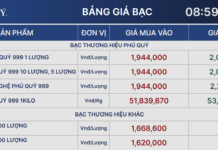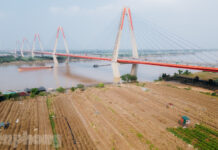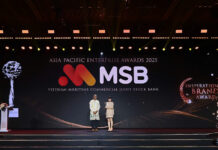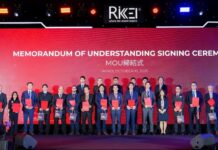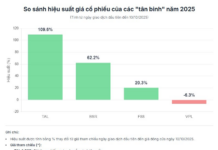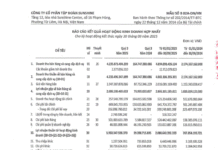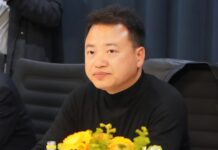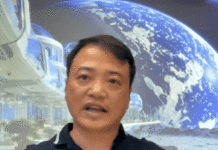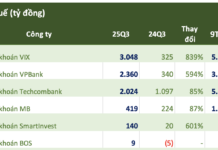The supply chain crisis, if looked at from a positive perspective, is opening up avenues for the development of the global clean energy industry, including China. The largest economy in Asia is pouring billions of dollars into polysilicon plants – the main ingredient in solar panel production. In the context of supply chain bottlenecks pushing up prices of a range of goods, from natural gas to beef in supermarkets, polysilicon is just one of the many raw materials that have emerged in the chain of supply crisis, which is considered to be a ‘temporary’ issue.
‘Temporary’ because China is still using its industrial might to maintain its dominance in the solar energy market – a key area that helps the world combat the worst effects of climate change.
“Expanding China’s billions of polysilicon capacity will remove an important bottleneck. We expect this supply to be increased in the coming years at a more reasonable price,” said Tony Fei, an analyst at BOCI Research.
The growth of solar power in China shows no signs of slowing down, especially as the country aims to achieve carbon neutrality by 2060. The driving force mainly comes from the fact that China has everything necessary to produce polysilicon quickly and inexpensively, from mines and factories to labor.
In 2019, Chinese companies produced 66% of the world’s polysilicon. 72% of the PV panels consumed are also produced in the mainland – where five out of the world’s top ten largest solar energy projects are located.
Huanghe Hydropower Hainan Solar Park – the second largest solar power plant in the world – is one of them. Operating since the end of 2020, this plant aims to be a renewable energy complex with a capacity of 16,000 MW, including 11,000 MW of solar power and 5,000 MW of wind power. In addition, Tengger Desert Solar Park, which used to hold the title of the world’s largest solar power plant until 2018, is also located in China.
Polysilicon is considered the key to the solar energy industry as ensuring the supply of this raw material is extremely difficult. Typically, it takes 18 to 24 months for new polysilicon plants to become operational, while less complex production lines take less than a year.
“Polysilicon takes a long time to produce,” said Yali Jiang, an analyst at BloombergNEF.
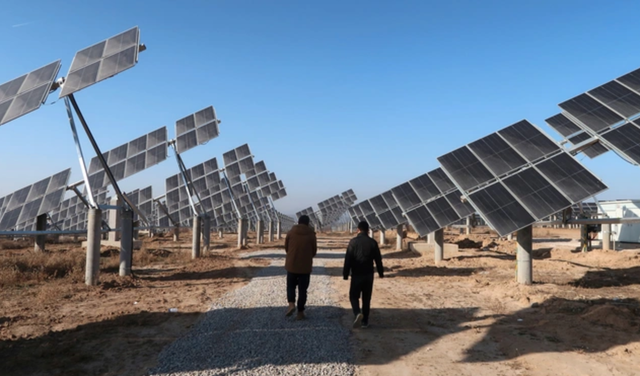
To quickly stabilize production, many new polysilicon-related projects are being deployed outside the Tibet Autonomous Region
Therefore, in order to quickly stabilize production, many new polysilicon-related projects are being deployed outside the Tibet Autonomous Region – an area that contributes nearly 50% of the world’s polysilicon production.
Stabilizing the supply of polysilicon is not the ambition of China alone and this race certainly cannot be without the US. by the end of 2021, solar power capacity in the US has exceeded 100,000 MW. Annual growth in this market is also impressive, averaging 42% over a 10-year period. Part of the momentum comes from tax incentives for commercial and residential solar energy systems.
In addition, the US also has many white quartz mines – the main component of polysilicon. This is considered a major advantage of the US over China, as the quartz resource on the mainland is not feasible and of low quality.
Thanks to the polysilicon boom, experts expect the price of this raw material to gradually decline in the future. When the world increases the installation and production of solar panels, manufacturing lines will become cheaper and more efficient.
However, due to a surge in demand in the disrupted supply chain after COVID-19, the price of this raw material suddenly skyrocketed in late 2022 and reached its highest level in a decade.
“Once the bottleneck of polysilicon is lifted, the price will drop again and further boost demand for this material,” said Johannes Bernreuter, director of Bernreuter Research market report company.
According to Bloomberg NEF estimates, the world will need an additional 455 gigawatts per year from now until 2030 to prevent the worst effects of climate change. However, the paradox is that most solar panels in China are produced using fossil fuels – a major emitter of greenhouse gases. Therefore, if China expands the scale of polysilicon production, the solar energy industry will become one of the most heavily polluted industries in the world.
According to Fengqi You, a professor at Cornell University, China’s solar panel industry has produced a high amount of CO2 compared to Europe.
“It is true that we are producing clean electricity, but before that, the process of producing these panels in China or some other countries is producing a lot of emissions,” You said.
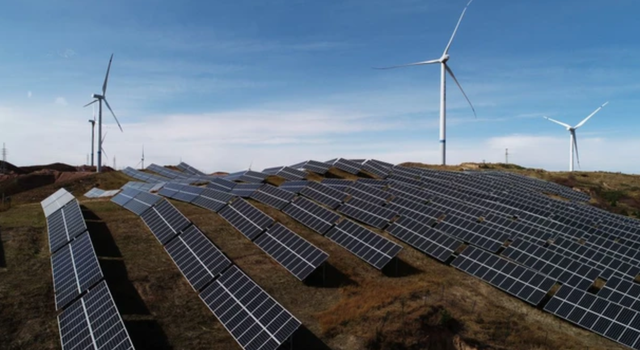
Even if China continues to ramp up solar panel production, the end result is always a gradual reduction in CO2 emissions over time
That is why some Western countries are trying to shift this industry away from coal. For example, in the European Union (EU), officials have considered adjusting the maximum CO2 content of solar panels. This is seen as a way for Western countries to rebuild the energy industry that is currently dominated by mainland China.
According to some scientists, even if China continues to ramp up solar panel production, the end result is always a gradual reduction in CO2 emissions over time because these panels can replace electricity generated from fossil fuels. In that case, the reduced emissions over the 30-year lifespan of solar panels would compensate for the CO2 emitted during the manufacturing process.
China’s production power is undeniable. Cheap imports from the mainland are even causing some EU businesses to fall into crisis. Announcements of factory closures are piling up. The European solar equipment industry warned that half of the production capacity could disappear unless the government steps in.
However, the German Minister of Economic Affairs is concerned that restricting the import of solar panels from China could hinder the rapid development of green energy in Europe, thereby making 90% of the market become expensive. Companies assembling and installing imported solar panels in the EU are also at risk of bankruptcy.
“The solar energy industry in China has been strategically subsidized with hundreds of billions of dollars for many years,” said Gunter Erfurt, CEO of Meyer Burger, a Swiss equipment manufacturer, and accused some Chinese companies of selling at prices lower than the production cost.
According to: Reuters, SCMP

